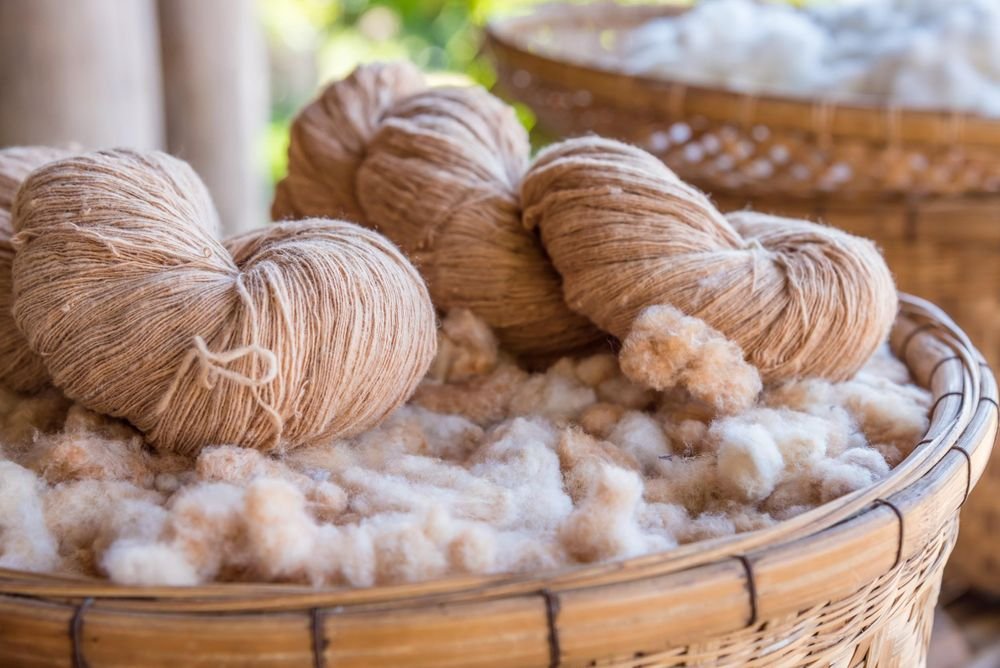Types of Textile Fibers
In the textile industry, choosing the right fiber is essential for creating quality clothing products. Understanding different types of textile fibers, their characteristics, and their applications can help businesses make informed decisions. This article explores various textile fiber types, focusing on their classification, properties, environmental benefits, market trends, and a guide for purchasing.

Classification of Textile Fibers
Textile fibers are generally classified into two major categories: natural fibers and synthetic fibers. Each type has distinct characteristics that make them suitable for different applications.
Natural Fibers
Natural fibers are derived from plants, animals, or minerals. They are renewable and biodegradable, which makes them an environmentally friendly option. Below are the most common natural fibers:
- Cotton:One of the most widely used natural fibers, cotton is soft, breathable, and absorbs moisture. Its comfort and versatility make it ideal for clothing such as t-shirts, hoodies, and casual wear.
- Wool:Wool, obtained from sheep, is known for its excellent insulation properties. It retains warmth and is perfect for winter garments like coats and sweaters.
- Silk:Silk is a luxurious, natural fiber produced by silkworms. Its smooth texture and natural shine make it highly sought after for evening wear, scarves, and lingerie.
- Linen:Derived from the flax plant, linen is lightweight, breathable, and has a crisp texture. It is ideal for summer clothing and home textiles like tablecloths and bed linens.
Synthetic Fibers
Synthetic fibers are man-made, typically from petrochemicals. They are durable, cost-effective, and can be engineered to possess specific properties. Common synthetic fibers include:
- Polyester (PET):Polyester is one of the most popular synthetic fibers due to its strength, durability, and resistance to wrinkles. It’s used widely in sportswear, jackets, and outdoor gear.
- Nylon:Nylon is known for its elasticity and resistance to wear and tear. It’s frequently used in hosiery, swimwear, and activewear.
- Acrylic:Acrylic is often used as a substitute for wool. It’s lightweight, warm, and resistant to fading, making it suitable for sweaters, blankets, and sportswear.
- Spandex (Lycra):Known for its exceptional elasticity, spandex is commonly blended with other fibers to create stretchable fabrics. It is ideal for activewear, undergarments, and sports uniforms.
Properties of Different Fibers
Each fiber type has distinct properties that influence how they behave in different applications. Understanding these characteristics helps businesses choose the right material for their specific needs.
Natural Fibers’ Properties
- Cotton:Highly absorbent, breathable, and soft to the touch, making it ideal for casual and everyday wear.
- Wool:Excellent insulator, moisture-wicking, and flame-resistant. However, it can shrink and requires special care when washing.
- Silk:Luxurious and smooth, with a natural luster. It drapes well but is prone to wrinkling and requires gentle care.
- Linen:Breathable, lightweight, and highly absorbent, but prone to wrinkling easily.
Synthetic Fibers’ Properties
- Polyester:Strong, durable, and resistant to shrinking and stretching. It is moisture-wicking but not as breathable as natural fibers.
- Nylon:Elastic, abrasion-resistant, and quick-drying. It has a smooth finish but may retain heat.
- Acrylic:Soft and warm with good color retention. However, it can pill and is less breathable than natural fibers.
- Spandex:Highly elastic and durable, often blended with other fibers to add stretch to fabrics.
Applications of Different Fibers
Different types of fibers have various applications across industries due to their unique properties.
Clothing Industry
- Cotton:Ideal for casual wear, sportswear, and everyday clothing items.
- Wool:Perfect for winter clothing like sweaters, coats, and socks.
- Polyester:Frequently used in sportswear, outdoor gear, and activewear due to its durability.
- Silk:Commonly found in formalwear, evening gowns, and accessories like scarves and ties.
Home Textiles and Industrial Applications
- Linen:Common in home textiles like bedding, tablecloths, and curtains due to its natural crispness and breathability.
- Polyester and Nylon:Often used in upholstery, curtains, and industrial fabrics for their strength and resistance to environmental conditions.
Environmental Characteristics of Textile Fibers
As sustainability becomes a focus in the fashion industry, more companies are looking at eco-friendly textile fibers.
Organic and Sustainable Options
- Organic Cotton:Grown without synthetic pesticides, organic cotton is an eco-friendly alternative to conventional cotton. It’s biodegradable and safe for both the environment and consumers.
- Recycled Polyester:Made from post-consumer plastic bottles, recycled polyester reduces waste and lowers the environmental impact of new textile production.
Environmental Benefits
Natural fibers like cotton and wool are biodegradable and can be sustainably farmed. On the other hand, synthetic fibers like recycled polyester help reduce plastic waste and energy consumption, making them a popular choice in the modern eco-conscious market.
Market Trends in Textile Fibers
The demand for textile fibers has evolved, with a growing focus on sustainability and functionality.
Increasing Demand for Eco-Friendly Materials
Consumers are becoming more conscious of the environmental impact of their clothing choices. As a result, there is an increasing demand for eco-friendly fibers like organic cotton and recycled polyester.
Rise of Functional Fibers
Functional textiles, such as moisture-wicking and UV-resistant fabrics, are gaining popularity, especially in the sports and activewear markets. Fibers like nylon and spandex are in high demand due to their performance-enhancing characteristics.
Guide to Choosing the Right Fiber
When selecting textile fibers, several factors should be considered, including the type of clothing, the season, and the specific needs of the consumer.
Factors to Consider
- Season:For summer, choose breathable fibers like cotton and linen. For winter, opt for insulating fibers like wool or acrylic.
- Purpose:For sportswear, choose functional fibers like polyester and spandex. For formal attire, natural fibers like silk may be more suitable.
- Durability:Synthetic fibers like nylon and polyester are ideal for high-use garments due to their durability.
Conclusion
Understanding the various types of textile fibers, their properties, and their applications is essential for making informed decisions in the clothing industry. Whether you prioritize sustainability, durability, or comfort, there is a textile fiber to meet your specific needs. Choosing the right material can enhance the quality and functionality of your products, ultimately improving customer satisfaction and your business’s success.







